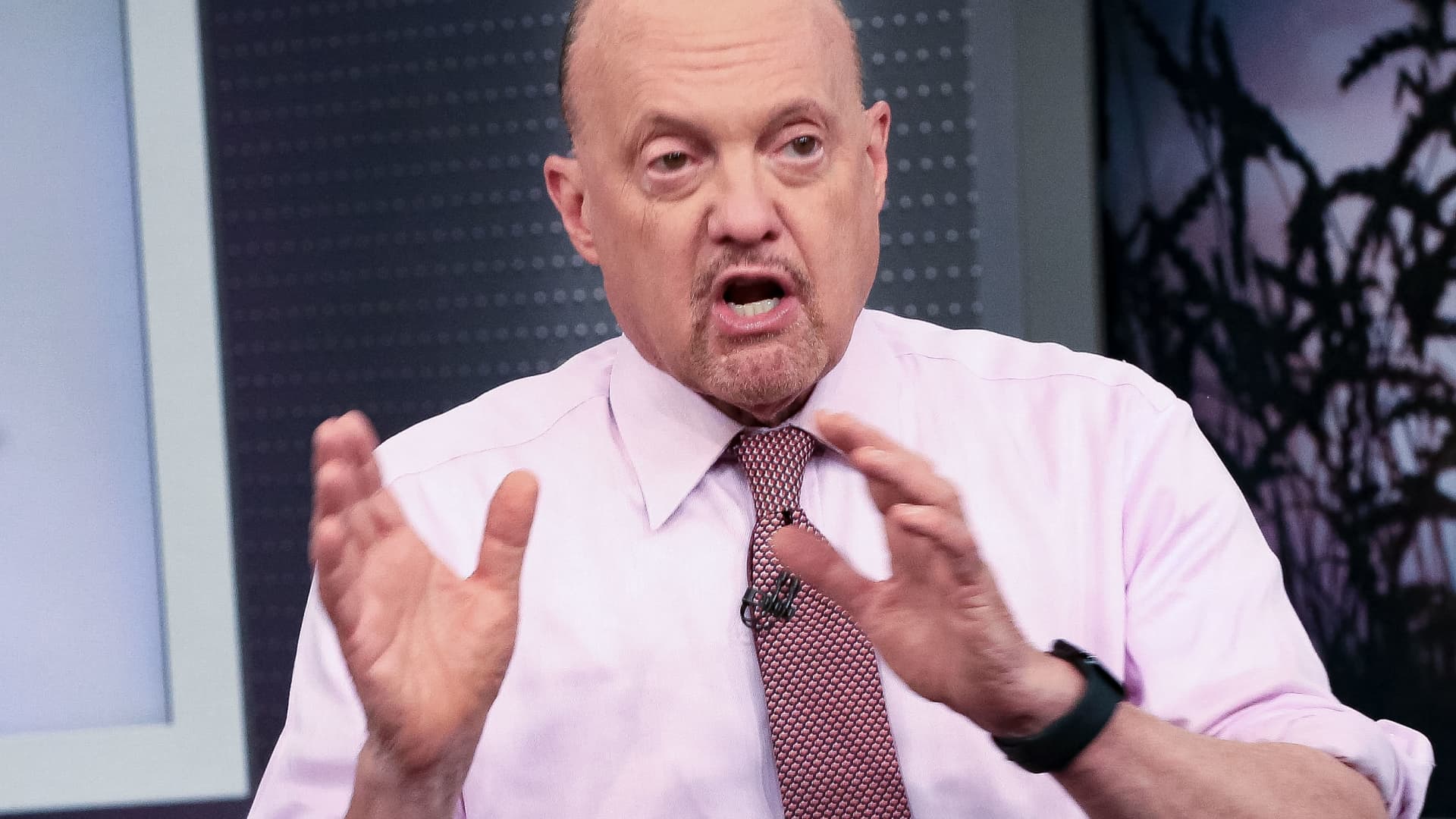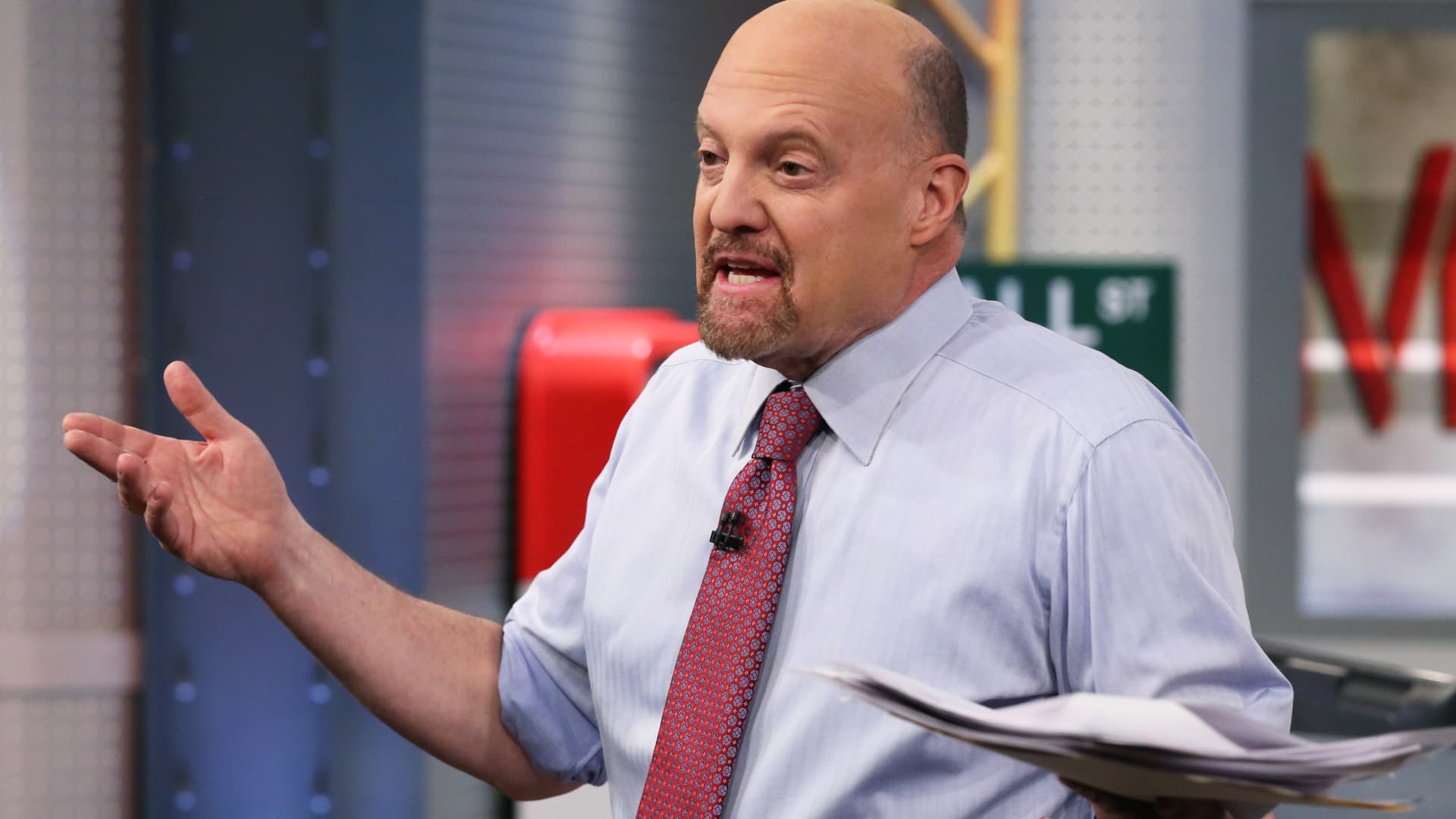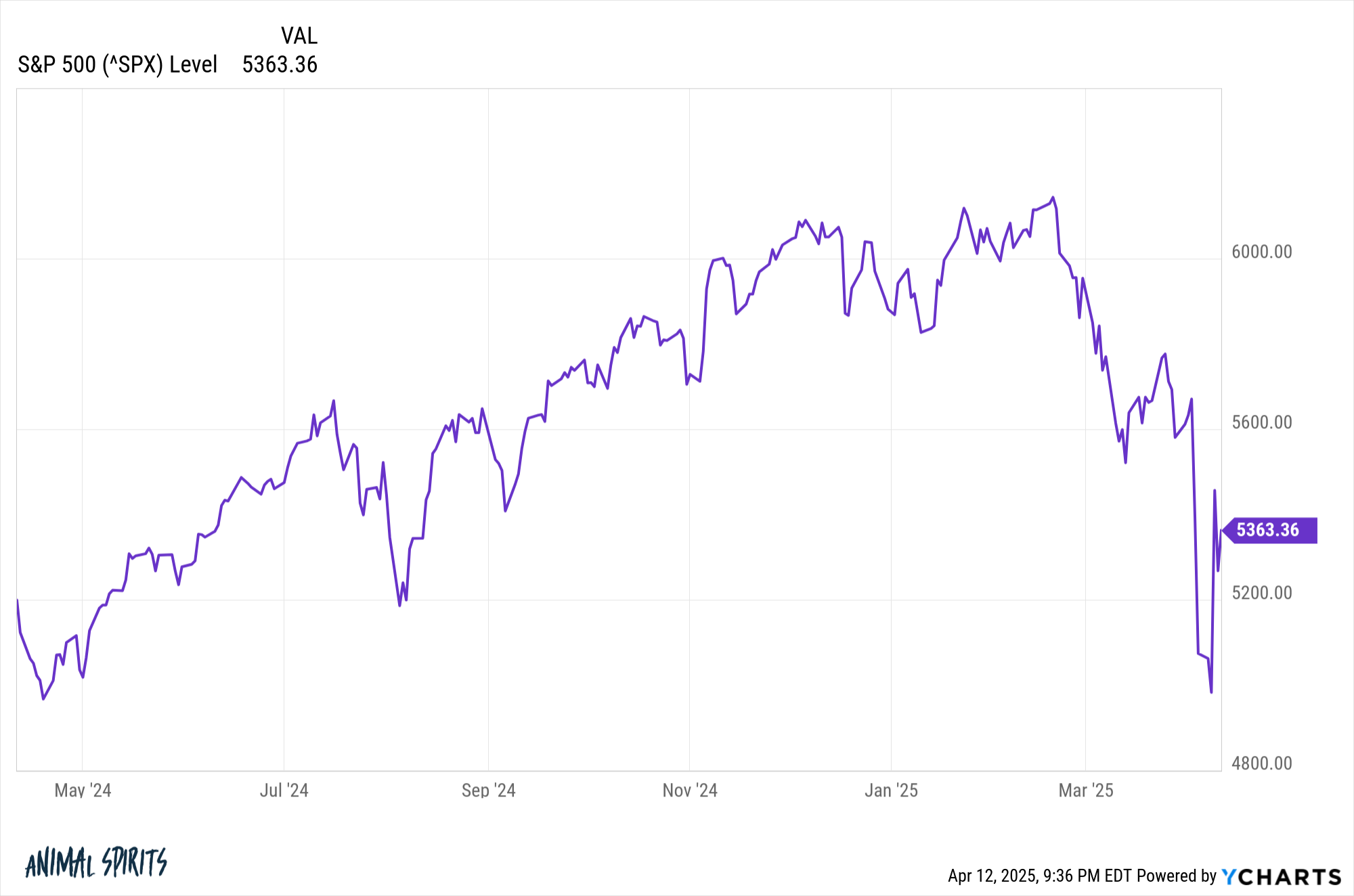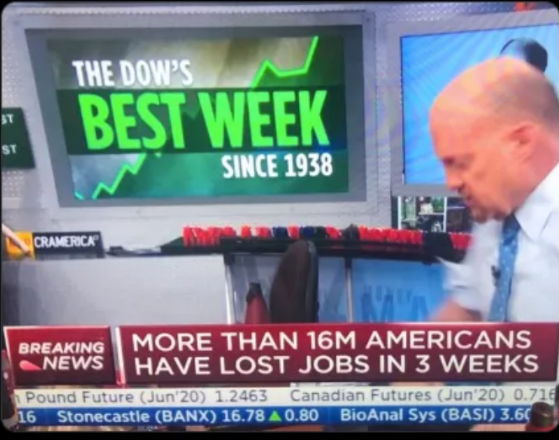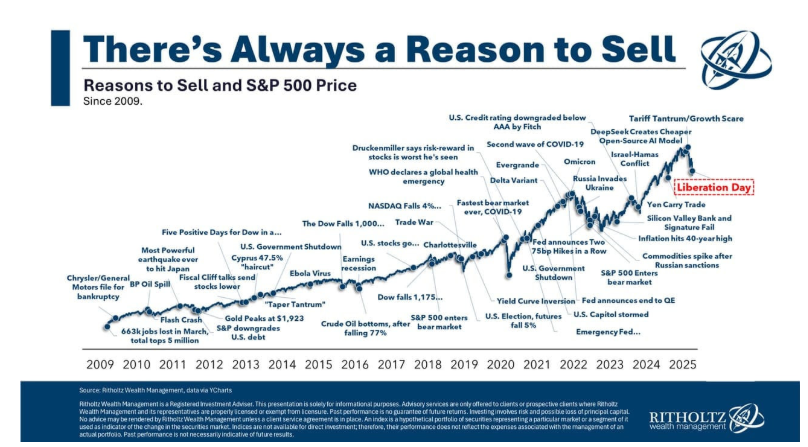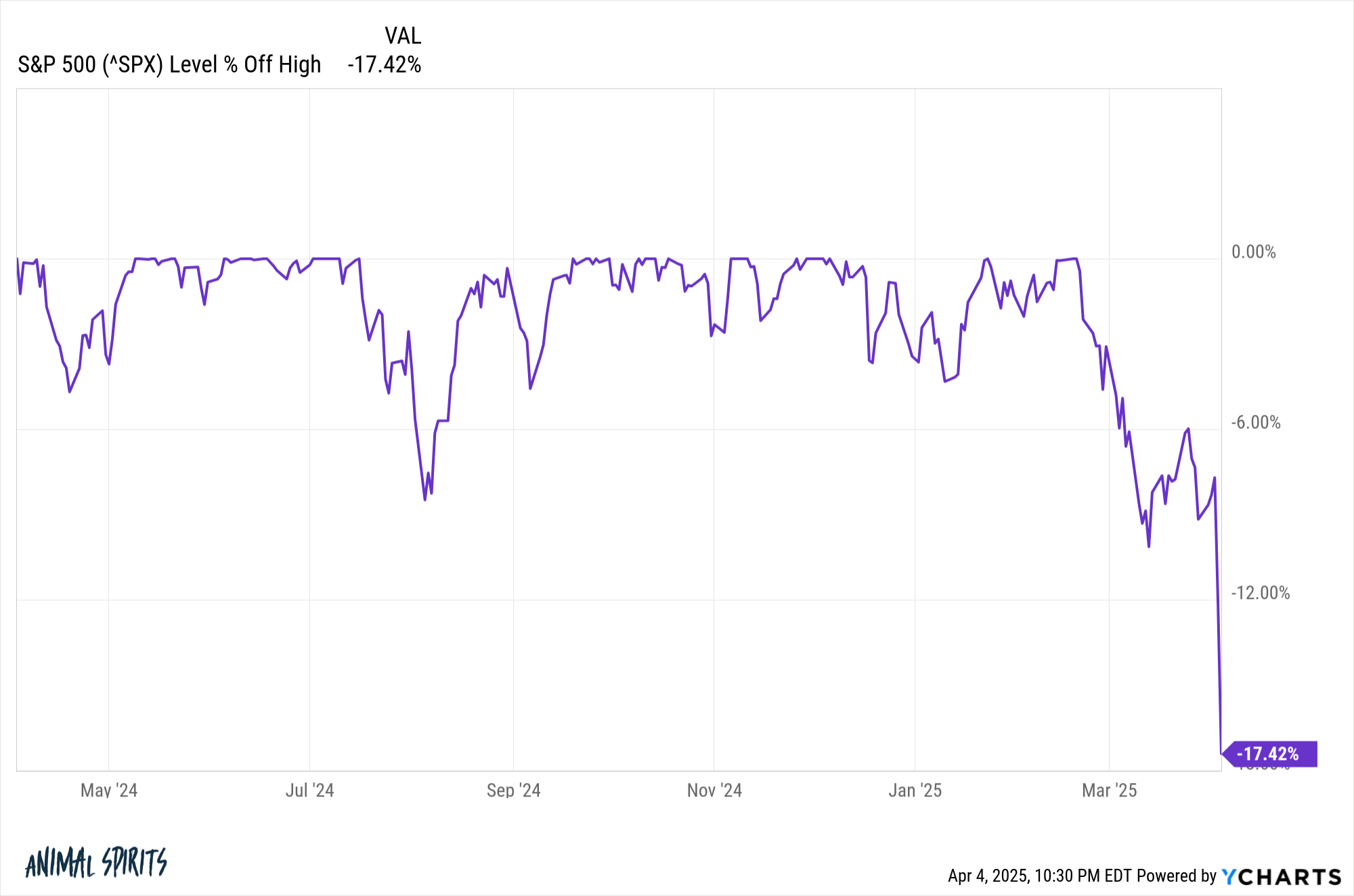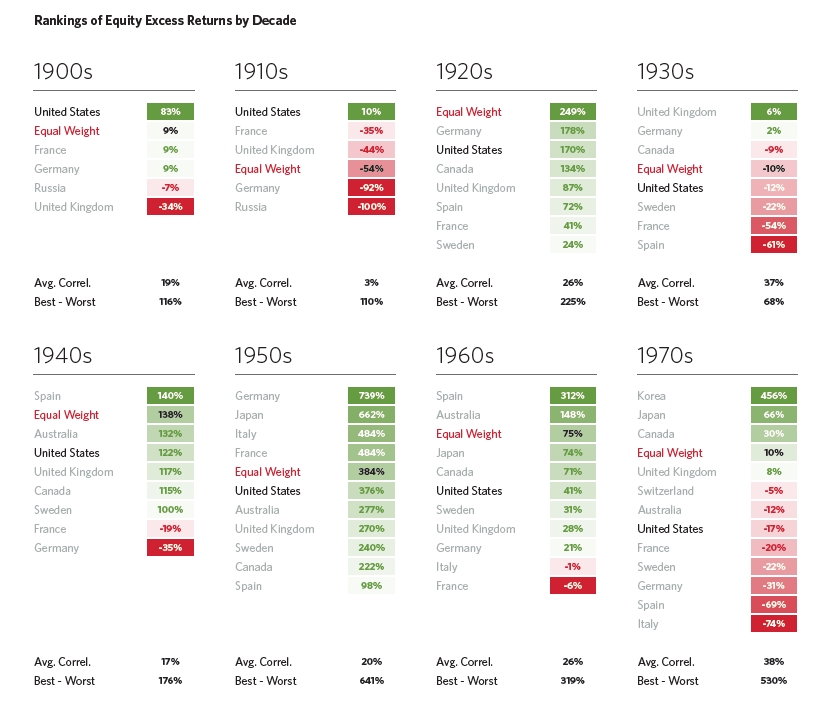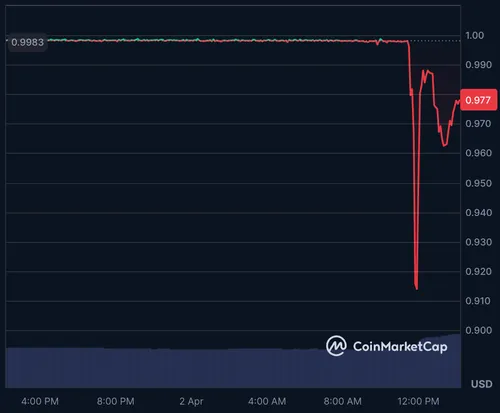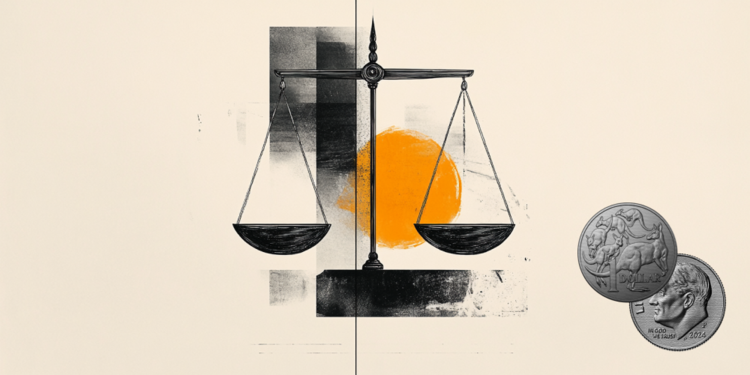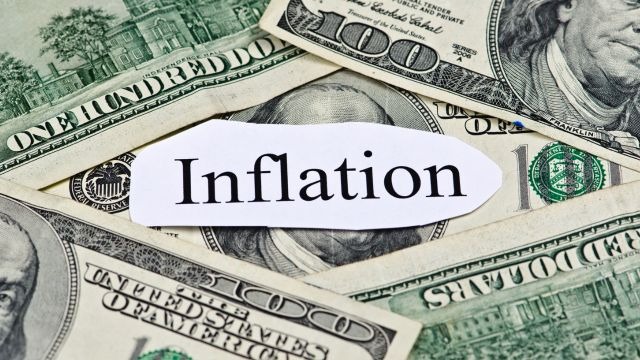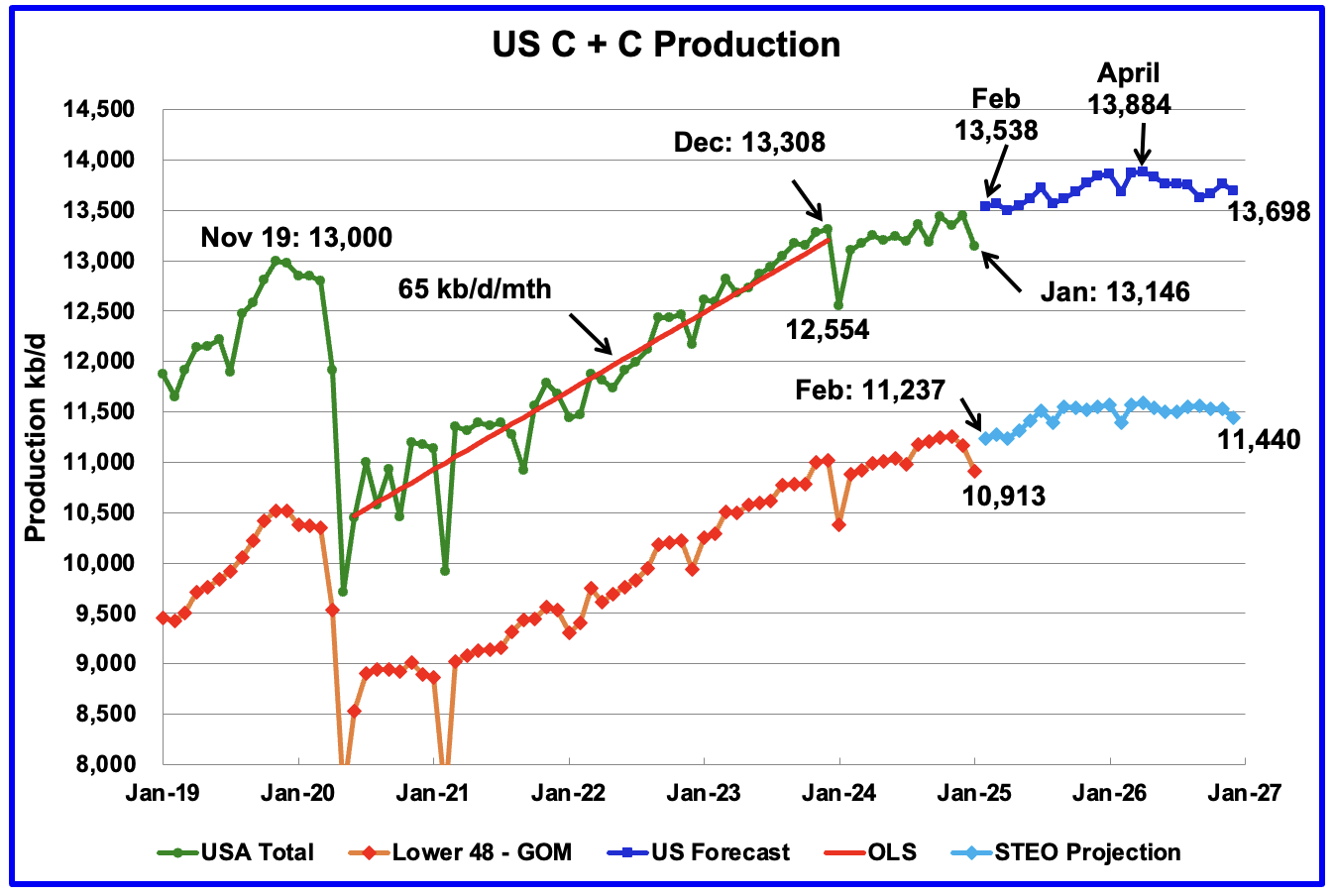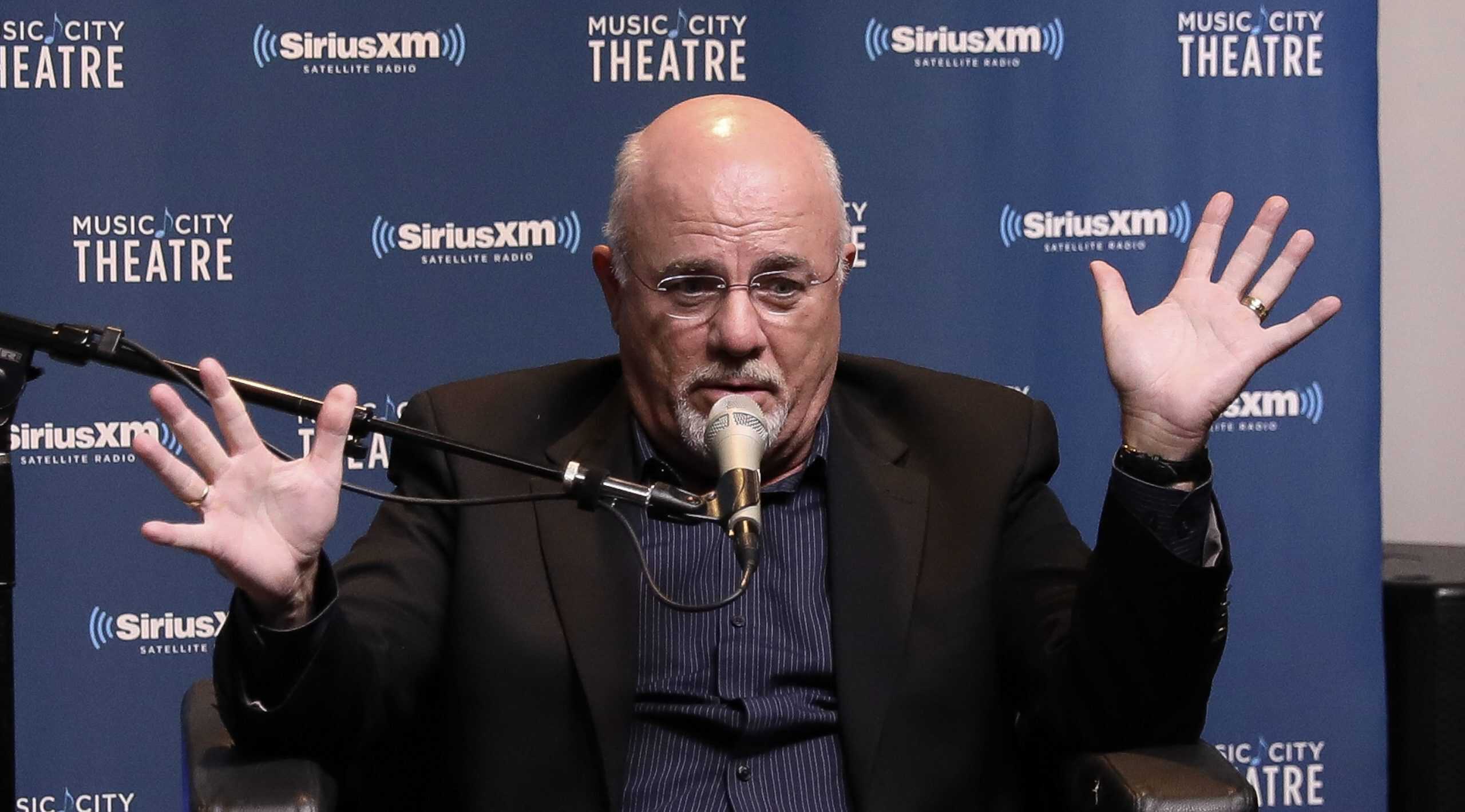This Strategy Guarantees You Won’t Run Out of Money in Retirement — But Can You Pull It Off?
Running out of money is a lot of retirees’ biggest fear. In fact, a 2024 Allianz survey found that Americans were more worried about running out of money later in life than actually dying. The good news, though, is that there are steps you can take to reduce the likelihood of depleting your nest egg […] The post This Strategy Guarantees You Won’t Run Out of Money in Retirement — But Can You Pull It Off? appeared first on 24/7 Wall St..

Key Points
-
If you only withdraw earnings on your retirement investments, you can protect your principal.
-
This strategy may only work if you have a large nest egg to begin with.
-
Inflation might also get in the way of your plan.
-
4 million Americans are set to retire this year. If you want to join them, click here now to see if you’re behind, or ahead. It only takes a minute. (Sponsor)
Running out of money is a lot of retirees’ biggest fear. In fact, a 2024 Allianz survey found that Americans were more worried about running out of money later in life than actually dying.
The good news, though, is that there are steps you can take to reduce the likelihood of depleting your nest egg in your lifetime. And one is having a smart withdrawal strategy.
You’ve probably heard of the 4% rule in the context of retirement savings. Or maybe you haven’t. But the rule says that if you withdraw 4% of your savings Year One of retirement and then adjust later withdrawals for inflation, your nest egg is likely to last for 30 years.
But still, with this strategy, you’re talking about a strong likelihood of not running out of savings. You’re not guaranteed to not deplete your nest egg.
A different strategy, however, pretty much does guarantee that you won’t run out of money in retirement. But it’s also a pretty difficult one to swing.
When you only touch the earnings portion of your portfolio
While the 4% rule won’t guarantee your savings to last forever, the strategy of only withdrawing the income portion of your portfolio could. You might also hear this called an interest-only strategy. And what it entails is leaving the principal portion of your portfolio alone in retirement and only touching the gains, or interest earnings. If you stick to this rule, you shouldn’t run out of money.
Here’s how it might work. Let’s say you retire with $4 million and move all of your money into stable or safe assets like cash and bonds.
If you earn a conservative 2% on your money, and you only touch the interest, you’re getting an annual income of $80,000 — plus whatever benefits you get from Social Security. If that’s enough money to live on, you can conceivably leave your portfolio’s principal alone and only withdraw your gains, thereby ensuring that your principal lasts.
A tough feat to pull off
The above strategy could help your savings last throughout your retirement, no matter how long it is. And it could also make it so you’re able to leave a nice legacy behind to your heirs. But this strategy may not work for you for a few reasons.
First, unless you really have a lot of money saved, you may not be able to generate enough income only from gains or interest. For example, if you put a $1 million nest egg into safe investments and earn 2% a year, that’s only $20,000 of annual income plus whatever Social Security gives you. But even with an above-average benefit, you may be looking at $50,000 or so per year, which may not support your desired lifestyle.
Also, unless you keep all of your money in cash, it’s possible for your investments to lose value. It would take an extreme situation for a series of bond positions to get down to a $0 value. But could it happen? Yes. And also, if you maintain a large stock portfolio in retirement, the value could fluctuate and drop a lot there, too.
There’s also inflation to think about. You’re likely to need a larger income from year to year to keep up with rising costs. And a conservative portfolio may not support that unless, again, you really have a ton of money.
That’s why the strategy of only touching your portfolio’s earnings may not work for you. If you’re worried about running out of savings, a good bet is to work with a financial advisor to choose the right investments and utilize a withdrawal rate that makes sense for your personal situation.
The post This Strategy Guarantees You Won’t Run Out of Money in Retirement — But Can You Pull It Off? appeared first on 24/7 Wall St..



































